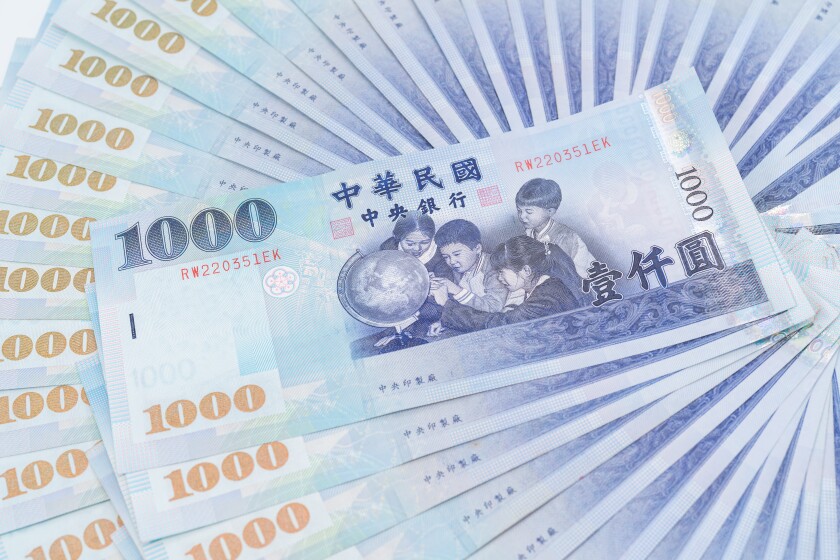Under Taiwan’s patent practice, how commercial success could be proved to bolster the inventiveness of an invention varies with different cases. This would inevitably lead to uncertainty. According to the aforementioned judgment rendered in 2018, in addition to proving that the commercial success was directly caused by the technical features of the invention, instead of other factors such as advertising, the factor of the patent product being imitated by third parties in the market may also influence the court's judgment.
In the process of an infringement or invalidation action, a patented invention may be considered to have lack of inventiveness on the ground that it is easily accomplished by those with ordinary skill in the art in light of the relevant prior art and the common knowledge at the time of filing. Under such circumstance, the patentee is allowed to gather and submit supplementary evidence proving that the patented invention has achieved commercial success, to thereby defend its inventiveness.
However, in many precedents, when the patentee presents evidence such as details of patent licensing fees, licensing contracts, news reports of a monopoly position in the market, sales amount lists, and annual revenues to substantiate the commercial success of the patented invention, most judges are inclined to assume that these evidential materials could be mainly associated with factors such as sales techniques, advertising and marketing effect, supply and demand in the market, or overall economic conditions. Therefore, the patentee may need to further prove that the commercial success of the patented product is significantly attributable to the technical features of the patented invention.
Linking commercial success to the technical features of patented inventions
Taking a case tried in 2018 before Taiwan’s Intellectual Property Court as an example, the plaintiff owned two utility model patents, where one of the patents was cited as an evidential reference and the other was the disputed patent. The court regarded the evidential reference as the first-generation product and the disputed patent to be related to the second-generation product, with the technical difference being that the insulation cover of the second-generation product was foldable.
Furthermore, the results of an internet search revealed that during the period from when the evidential reference was published as a utility model patent until the date when the disputed case was published, there was no imitation of non-foldable first-generation products in the market. However, as the second-generation product began to increase its online sales and exposure, a large number of imitations appeared, indicating that the market monopoly position of the second-generation product was derived from its foldable technical feature.
The court hence held that the patentee had successfully proved that the commercial success of the patented product was closely related to the technical features of the disputed patent. As a consequence, the disputed patent possessed commercial success and contained affirmative factors of inventiveness, the court stated.
Differing interpretations of the Supreme Court and the IPCC
On the other hand, in 2022, the Supreme Court and the Intellectual Property and Commercial Court (IPCC) delivered different views on how to determine the relevancy between a piece of evidence and commercial success. In a case appealed to the Supreme Court that year, the patentee claimed that many listed companies were involved in the licensing of the disputed patent and that many integral circuits worth billions of dollars that utilise the technology of the disputed patent were exported from Taiwan. By this token, the patented invention in dispute had solved a long-standing problem and achieved commercial success.
The Supreme Court approved the patentee’s allegation, holding that when examining the inventiveness of an invention, it is not inappropriate to consider the factor of commercial success by judging how the prior technology is replaced by the new technology in the market. Accordingly, upon comprehensive consideration, the Supreme Court found the patentee's appeal to be reasonable and remanded the case to the IPCC for retrial.
After the case was remanded, the IPCC, in its judgment rendered in 2022, insisted that, in the absence of any supporting evidence, it is difficult for the patentee to jump to a conclusion that the signing of the licensing agreements was due to the licensees’ recognition of the technical contribution of the patented invention. The IPCC further skipped the question of whether the patented invention had achieved commercial success by simply stating that the patented invention, when compared with the cited references, is obviously lacking in inventiveness.
Assessment of commercial success on a case-by-case basis in Taiwan
Under Taiwan’s patent practice, how commercial success could be proved to bolster the inventiveness of an invention varies with different cases. This would inevitably lead to uncertainty.
According to the aforementioned judgment rendered in 2018, in addition to proving that the commercial success was directly caused by the technical features of the invention, instead of other factors such as advertising, the factor of the patent product being imitated by third parties in the market may also influence the court's judgment.












